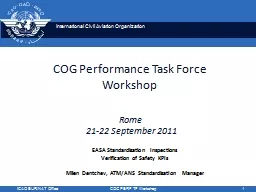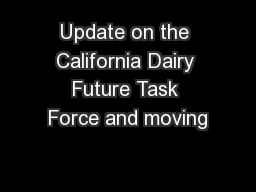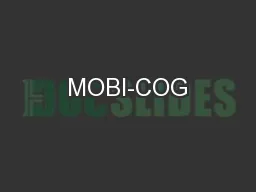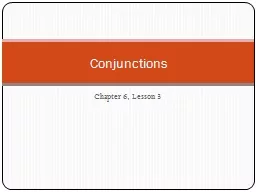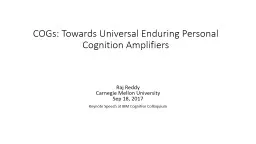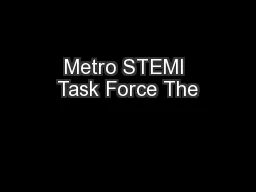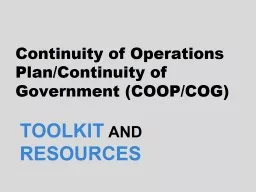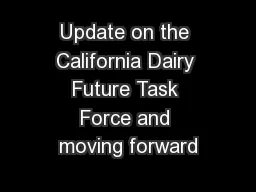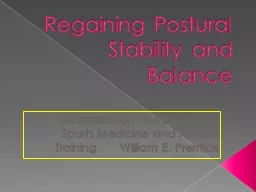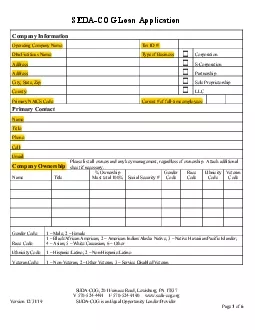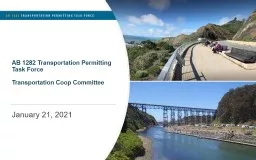PPT-COG Performance Task Force
Author : tatiana-dople | Published Date : 2019-12-02
COG Performance Task Force Workshop EASA Standardisation Inspections Verification of Safety KPIs Milen Dentchev ATMANS Standardisation Manager Rome 2122 September
Presentation Embed Code
Download Presentation
Download Presentation The PPT/PDF document "COG Performance Task Force" is the property of its rightful owner. Permission is granted to download and print the materials on this website for personal, non-commercial use only, and to display it on your personal computer provided you do not modify the materials and that you retain all copyright notices contained in the materials. By downloading content from our website, you accept the terms of this agreement.
COG Performance Task Force: Transcript
Download Rules Of Document
"COG Performance Task Force"The content belongs to its owner. You may download and print it for personal use, without modification, and keep all copyright notices. By downloading, you agree to these terms.
Related Documents

